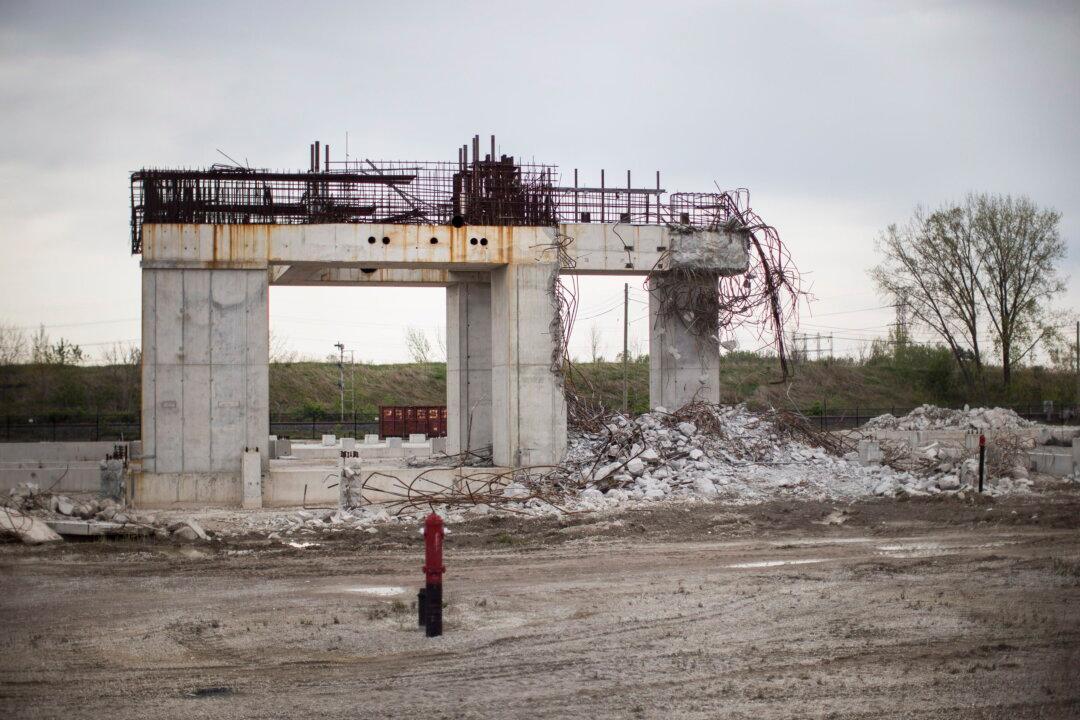Ontario is preparing to expand gas-fired power supply in an effort to address the province’s growing demand for electricity.
The Independent Electricity System Operator (IESO), the Crown corporation responsible for operating Ontario’s electricity market, said gas-fired plants are needed to make up for the power shortage left by the retirement of a nuclear power plant in Pickering, and other nuclear-generating units that are being refurbished or whose contracts are expiring.





